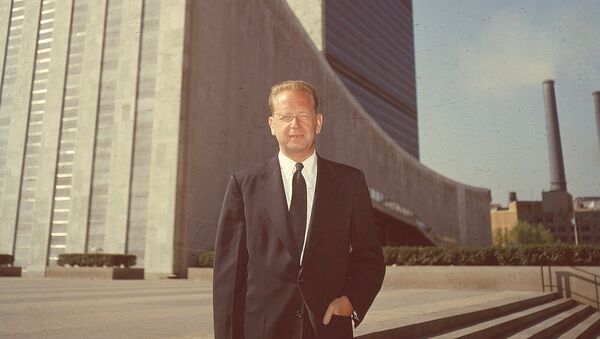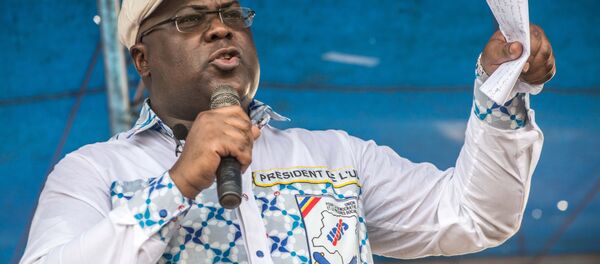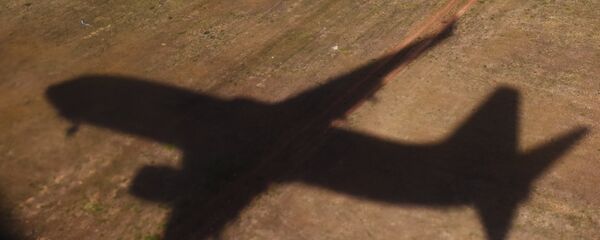Hammarskjold, a key post-World-War-II Swedish diplomat, and 15 others were killed when their plane came down in the jungle as it approached Ndola in what is now Zambia. Hammarskjold's plane crashed nine months after Patrice Lumumba, the left-wing prime minister of the Republic of Congo, was ousted and executed by forces backed by the US.
According to film-makers investigating the crash for "Cold Case Hammarskjöld" documentary, Van Risseghem, who died in 2007, admitted to to a friend that he had shot down the UN plane. In addition, the film-makers collected testimony from another pilot that weakens Van Risseghem's original alibis, the South China Morning Post (SCMP) reported.
The documentary, which will premiere at the Sundance festival in Utah in two weeks, notes that the Belgian-born Van Risseghem trained with the Royal Air Force, the United Kingdom's aerial warfare branch, and that he flew missions over Nazi-occupied areas during this period.
The documentary asserts that In 1961, Van Risseghem, flying for separatist rebels in Congo, was ordered to shoot down the Hammarskjöld's plane, according to the Guardian.
Hammarskjold's plane crashed en-route to a summit at which he was attempting to negotiate a ceasefire in the mining-rich Katanga province, in what is now the Democratic Republic of Congo (DRC). Katangese separatists at the time were supported by powerful Western political and mining interests who were not eager to see Hammarskjold's diplomacy succeed, according to the documentary.
Van Risseghem's flight logs previously showed no record of him flying during that particular month. However, Roger Bracco, another mercenary pilot for the Katangese, alleged to the filmmakers that Van Risseghem's log books looked forged.
"This is fake," Bracco told the filmmakers, while leafing through the logs, which include allegedly fake co-pilot names.
Pierre Coppens, a friend of Van Risseghem's, came forward after the plane crash to admit that the latter had discussed with him several technical challenges in taking down the plane. Coppens asserted, however, that, "he [Van Risseghem] didn't know" who was in the plane, the SCMP reported.
"He said ‘I made the mission' and that's all. And then I had to go back and save my life,'" Coppens told the SCMP.
Awarded a posthumous Nobel Prize, Hammarskjöld — the second secretary-general of the United Nations — was described by US President John F. Kennedy as: "the greatest statesman of our century."



